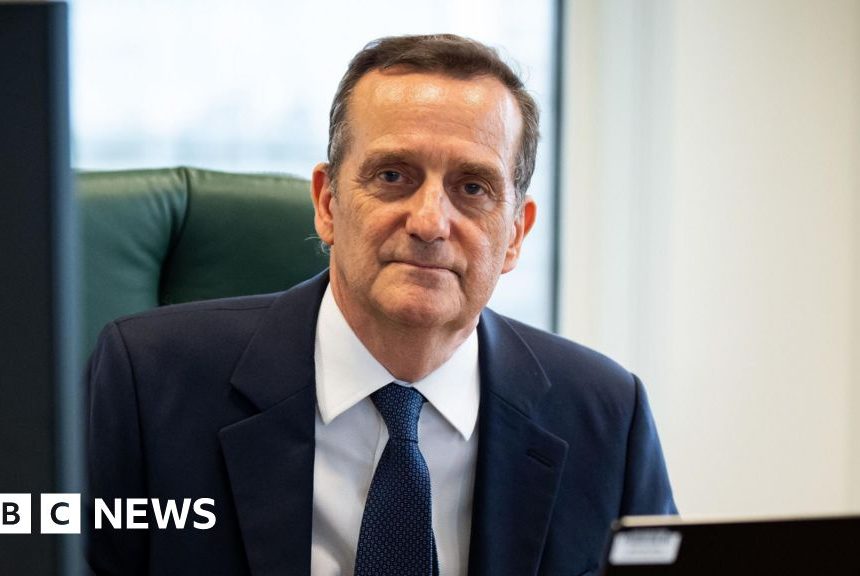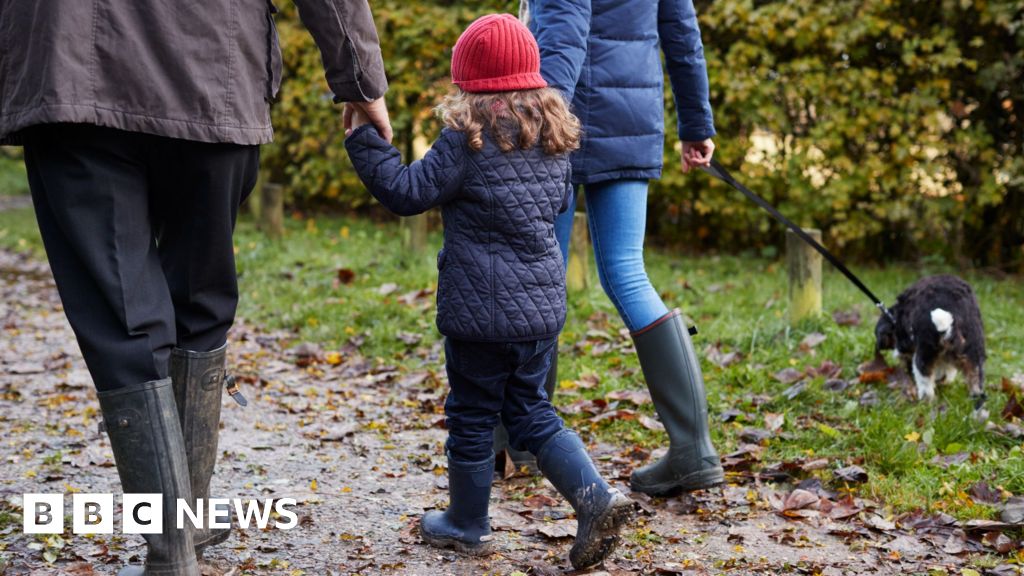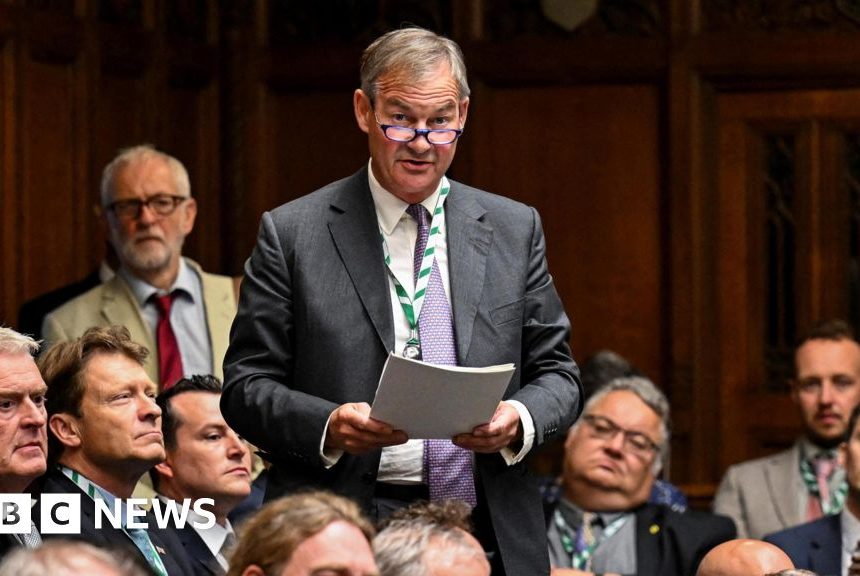The number of homeless people in England is higher than official government data suggests, according to new research from the charity Crisis.
They say that around 189,000 families and individuals who faced the worst forms of homelessness such as rough sleeping, sofa surfing and living in tents were not included in official statistics.
Official data is based on people declaring themselves as homeless to a local authority, which Crisis says often does not happen.
The government says it is investing £1bn in homelessness services in 2025/26, a £316m increase on the previous year.
The charity says the number of people facing the worst forms of homelessness has grown by a fifth since 2022 and now stands at around 300,000.
They say that one of the drivers behind the figures is a large increase in the number of people housed in unsuitable temporary accommodation.
When someone declares as homeless to the local authority, they can be placed in temporary accommodation while they search for a permanent home.
The research from Crisis, which was produced by Herriot-Watt University, says the number of households placed in unsuitable temporary accommodation has jumped from 19,200 in 2020 to 46,700 in 2024.
Unsuitable temporary accommodation can include unsafe B&Bs and properties far away from family and friends.
They say an additional 18,600 families are living in “unconventional accommodation” such as cars, sheds and tents.
Crisis says that many of the people included in their research do not meet the threshold set by government and councils to be eligible for homelessness support, such as those sleeping on friends’ sofas.
Isra came to the UK in 2009 aged six, after her parents fled war in Iraq.
For most of her childhood, her family was housed in more than 10 different temporary accommodation locations around London, which she says were often unsuitable.
Isra says she and her siblings were sometimes sleeping four to a room and that the places they were housed in were often infested with rats.
She says she remembers her mother “sifting through bags of rice because there were so many rats, we’d found rat droppings in our food”.
Isra says the conditions she and her family lived in made it difficult to make friends at school or focus on her studies.
Matt Downie, the chief executive of Crisis, said the findings of his organisation’s research required a “rapid response” from the government.
He said: “No one should be forced to live in unsafe conditions, whether it’s children in poor-quality B&Bs or people having to sleep on the streets, in tents or in squats.”
Government data released last month found that almost 330,000 households were at risk of homelessness in 2024, but these figures included people housed in suitable temporary accommodation and others who did not ultimately lose their current accommodation.
Last month the government announced a £84m cash boost to help prevent homelessness this winter.
Labour’s election manifesto last year promised to implement a new homelessness strategy.
It said a Labour government would “develop a new cross-government strategy, working with mayors and councils across the country, to put Britain back on track to ending homelessness”.
Some Labour figures have become concerned that no such strategy has yet been launched, but it is expected to happen before the end of the year.
A survey of local councils conducted as part of the Crisis research found that 70% had seen an increase in the numbers of people approaching them for homelessness assistance in the last year.
A government spokesperson said: “Everyone deserves a safe place to call home, which is why we are investing more than £1bn in homelessness services and launching a homelessness strategy to tackle this issue.
“This is alongside accelerating efforts to tackle the root causes of homelessness by abolishing Section 21 ‘no fault’ evictions, and expanding access to safe accommodation.”


